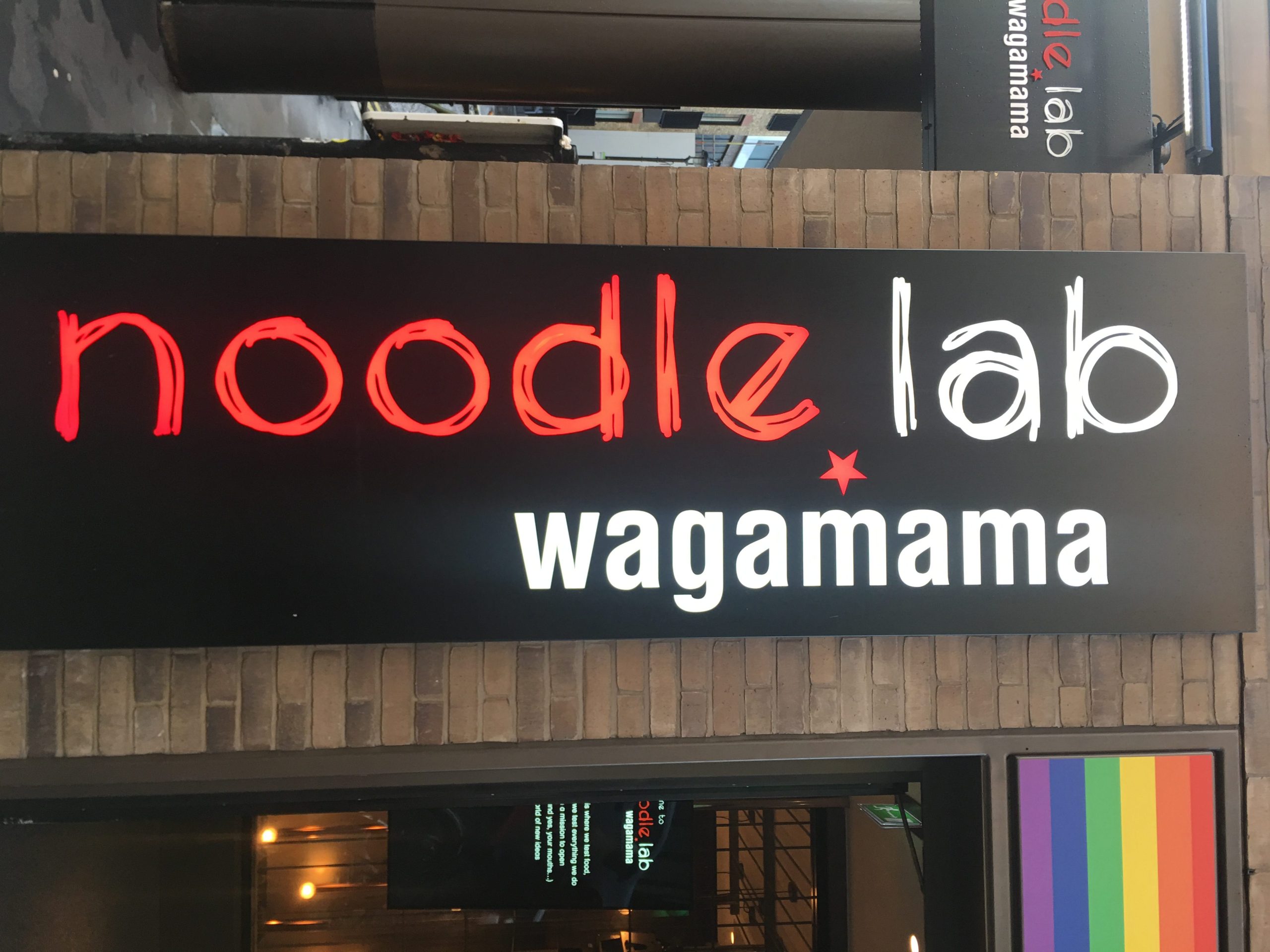How the popular restaurant chain keeps on innovating – using ‘Kaizen’…
Arguably the best way to ensure that innovation stays on track is to repeatedly test whatever you are working on: keep updating and tweaking your products and ideas and inviting feedback. Just look at the original iPhone from 2006 vs today’s iPhone X for proof that even great products must never stand still.
But can you extend the idea to food? Absolutely – it’s something that Wagamama have been doing for a while now at a test kitchen (The Noodle Lab) in Soho’s Dean Street. At its heart is something called “Kaizen”, which roughly translates as “continuous positive improvement” in Japanese.
Start with customer feedback
The idea is pretty simple and in many ways a play on the much-used focus group concept: customers pop in and try something new and experimental off the ever-changing menu and then leave their feedback.
In doing so, it’s a fantastic way to see what people think of new dishes and to help top brass to work out which ones should be promoted to their menus across the UK. They can try out collaborations, new combos, ingredients, chefs, ways of serving dishes, the opportunities are endless.
 I love a commitment to testing things. Haven written about this quite a few times now for a number of business publications, I would argue that the main thing to remember is to make sure that the people doing the testing are representative of your ultimate audience.
I love a commitment to testing things. Haven written about this quite a few times now for a number of business publications, I would argue that the main thing to remember is to make sure that the people doing the testing are representative of your ultimate audience.
Wagamama’s Noodle Lab patrons certainly seem to tick this box as they are quite likely to be the chain’s regulars and/or restaurant diners in general. Here are some other guidelines:
1/ Make sure your questions are going to inform the decisions you will ultimately make
If you’re going to invest time and money into getting feedback, it’s vital that you put in the hours up front to make sure you’re asking the right questions.
2/ Choose the right channel
If you just need a quick verdict on whether a product looks better in black or white, you don’t need to spend thousands on a focus group: ask your customers via Twitter, Mailchimp or customer satisfaction – open source, crowd-sourcing and co-creation are all popular methods of innovating.
You can also consider Live Chat, emails, leave-behind feedback cards and a whole bunch of other methods. At Wagamama the customer’s live feedback appears on screens in real-time.
3/ Make it easy for people to participate
Unless you are actually shelling out for a focus group and/or other in-depth market research, the attention span – and willingness to participate – of most customers shouldn’t be over-estimated. Keep your quizzing short and simple.
4/ Act on the feedback
With a caveat. You need to be 100 per cent sure that it is representative of your market – and also that it doesn’t accidentally steer you into an area that is already saturated by someone else.
Every single business needs to innovate to stay ahead of the pack and to encourage growth, and what holds many back is an aversion to risk. Testing and gaining feedback is a way to mitigate against this.
I wrote about risk in my book, In Your Creative Element:
“innovators need to be able to perform a complex balancing act, juxtaposing freedom with structure and risk with safety.”
Testing and the feedback you gain from each iteration is your safety net. And Wagamama must feel pretty confident whenever they put something new on their menu that has received a universal thumbs up from diners at its Noodle lab, that it is going to be a success.
Wagamama’s Noodle Lab is in Soho, as if you need an excuse for ramen. Slurp.
Read about the 70:20:10 rule of innovation here.
If you’re interested in nosing around in how companies innovate and generate creative ideas, you’ll discover all this and more on one of Now Go Create’s creativity training courses.
We have a full range of options that will help with brainstorm training, creative leadership training, general creativity skills and much more. To book a course or for more information, please email lucy@nowgocreate.co.uk.

